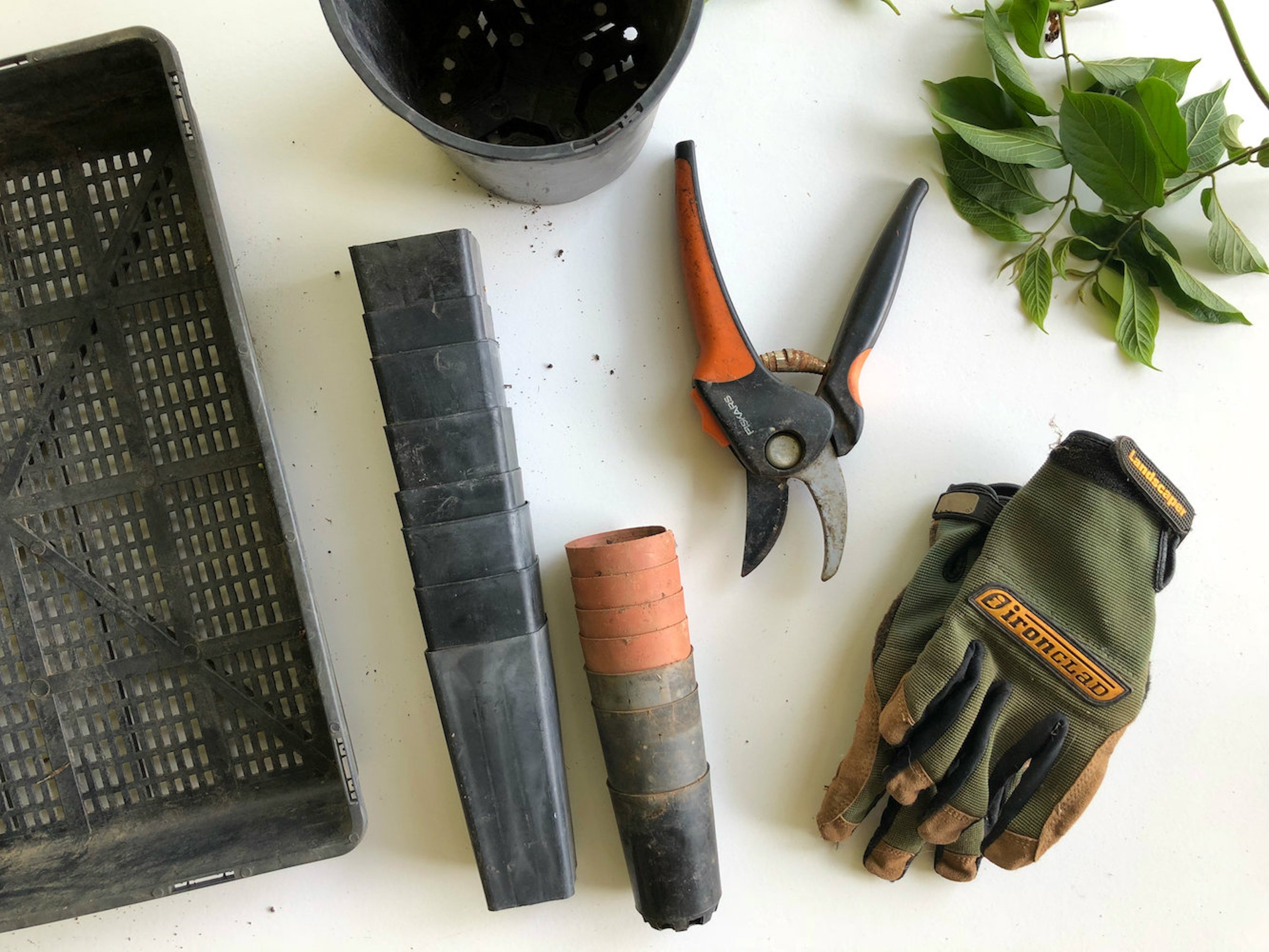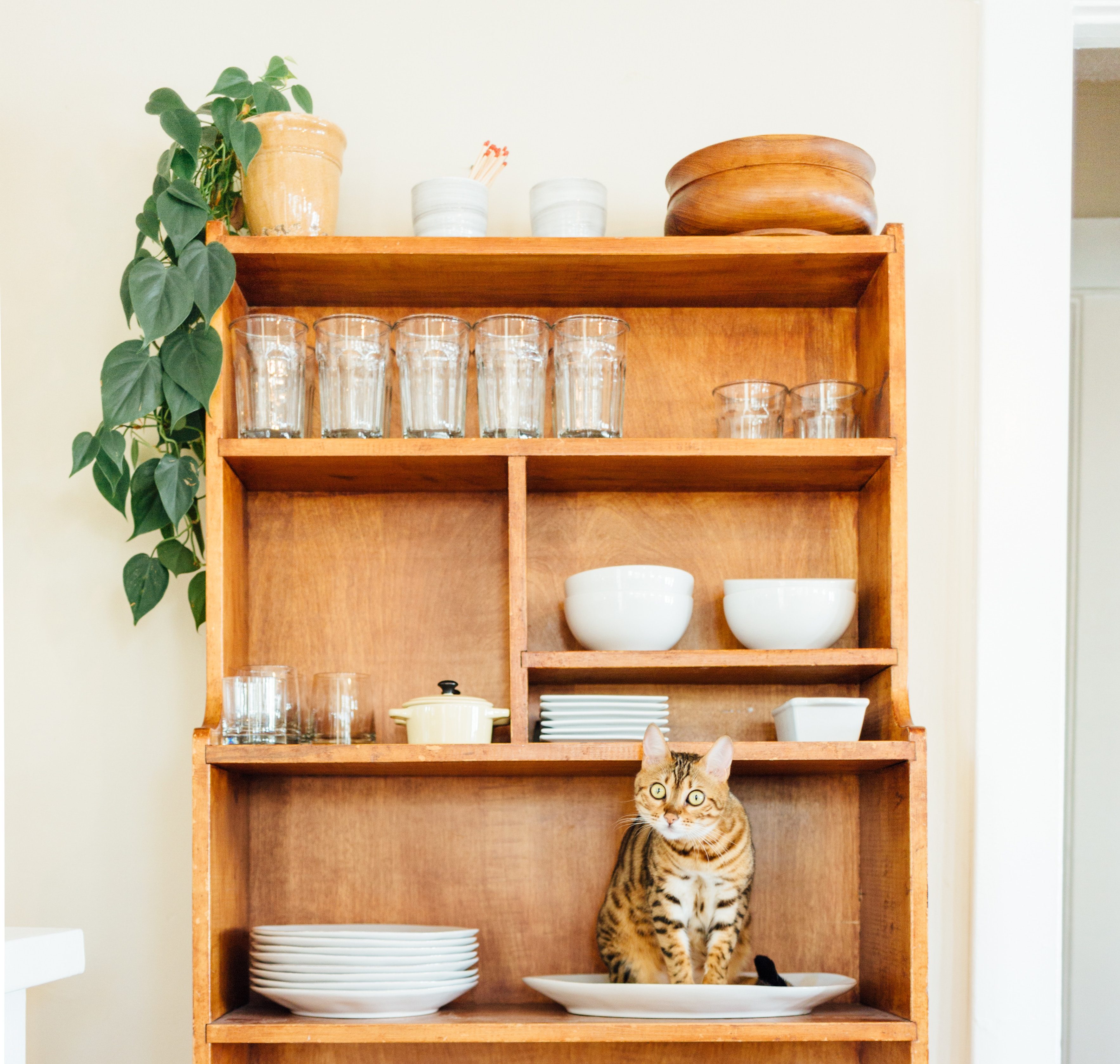You have long been looking for a houseplant that is indestructible and also turns your apartment into an urban jungle? Then we have the perfect plant for you. The ivy is a very undemanding houseplant, if you forget it once, it will forgive you without any problems. So ivy care is not difficult at all, we still have many useful tips for you here.
Contents
- 1 The history of the ivy
- 2 The different varieties
- 3 The right location for your ivy
- 4 The right soil for your ivy
- 5 How to water your ivy plant
- 6 Ivy care: How often should you fertilize?
- 7 Does the ivy need to be cut?
- 8 Repotting your ivy plant
- 9 How to propagate your ivy
- 10 Is the ivy poisonous?
- 11 The right room for your ivy
- 12 Tips if you have problems with your ivy
- 13 Author
The history of the ivy
Ivy or Epipremnum aureum is a climbing plant that was originally found only on the island of Moorea. It is now found in many other tropical countries such as China, Japan, Singapore, Australia and many more. This plant can grow to a height of 20 meters in the wild
The ivy is popular among aquarium owners to improve the water quality. The plant is left to root directly in the aquarium. Ivy is incredibly adaptable, it is basically comfortable in a wide range of temperatures and light conditions, but does best in tropical conditions.
The different varieties
Golden Ivy: This variety bears apple-green leaves. These are heart-shaped with a beige or golden variegation.
Marble Queen: This is a nearly indestructible variety and will grow even in a dark corner in your home. It bears light green and white variegated leaves.
Wilcoxii: The yellow leaf pattern is particularly striking in this variety. It is somewhat more sensitive to some site conditions.
The right location for your ivy
As the ivy is used to a warm climate due to its origin, it should be kept warm at about 20°C all year round. In winter, the temperature should not drop below 16°C. It is best to place the ivy in a bright to semi-shady place. It does not like direct sunlight and detests drafts. Varieties with dark leaves are suitable for shady places.
Tip: The darker the ivy is placed, the less noticeable its leaf markings will be.
Ivy care: Here’s how !
The ivy is a very robust and indestructible houseplant. However, we still have some tips for you on how to make your ivy shine even more.
The right soil for your ivy
Normal potting soil or houseplant soil is sufficient for the ivy. It has no great demands on its soil.
How to water your ivy plant
An even watering is optimal for the care of the ivy. However, if you forget to water your ivy, it will forgive you without any problems. In winter, this climbing houseplant needs even less water. However, ivy does not tolerate waterlogging, so you should remove excess water after watering. If your ivy has already developed strong and deep roots, you can also water it directly through the saucer.
Ivy care: How often should you fertilize?
The ivy is incredibly easy to care for and does not need fertilizer. However, for optimal ivy care, fertilizing between March and April, every 1-2 weeks is appropriate. During the winter months, however, it requires significantly fewer nutrients. Once a month is quite sufficient here.
Does the ivy need to be cut?
You can cut your ivy at any time and it will not affect it negatively. If you remove long shoots, the ivy will branch out better and become bushier.

Repotting your ivy plant
If the pot of your ivy is getting too small, you can repot your ivy. As a rule, repotting every 2 years is sufficient, but not always absolutely necessary.
Tip: When repotting, shake off the soil at the roots and cut back the root tips only a few millimeters. This will stimulate root growth.
If you need to repot other houseplants in your home, here are some useful tips on the subject for you.

How to propagate your ivy
Do you have some space left in your apartment or do you want to decorate some corners with ivy? Since ivy care is so easy, you can grow several of these houseplants at once. The propagation of your ivy is just as easy as its care.
Step 1: You can see many small roots on the ivy. Cut off a shoot that you particularly like. You should make sure that a few leaves remain on your cut shoot.
Step 2: Now place your shoot in a glass of water. As soon as the brown roots have developed into light-colored roots, you can plant the shoot in a pot with standard soil.
Is the ivy poisonous?
Ivy belongs to the arum family and therefore contains toxins. This houseplant is therefore poisonous to both animals and humans. Therefore, place your ivy out of reach of children and animals.
Tip: If you hang your ivy, you can let its shoots climb along the wall, so neither children nor animals can reach them.

The right room for your ivy
Your ivy can find a nice place in any room. Since it likes to grow several meters long, you can let it climb all over the room.
Tips if you have problems with your ivy
You may have noticed that some of the leaves turn yellow. This can happen from time to time, you don’t have to worry about it. If there are more yellow than green leaves, it is usually because your ivy is too dark. Move it to a brighter place or let the leaves of the plant grow in the right light.
As you can see, ivy care is quite simple. So with our tips, nothing can go wrong. It has no great demands on light, water or fertilizer. So it’s the perfect houseplant for someone who travels often or doesn’t have a green thumb. Of course you can buy this wonderful houseplant in our store.

